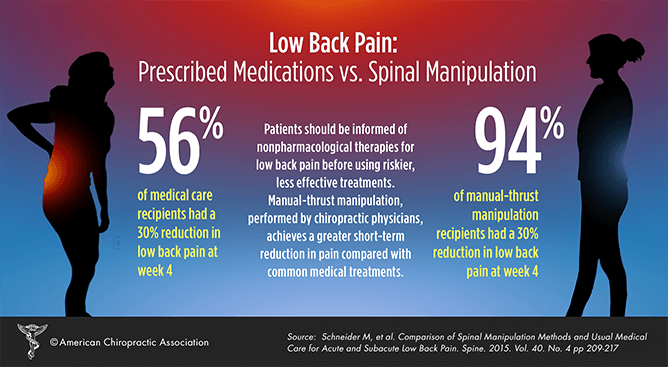Simply When You Think Relief Is Near, Soft Tissue Treatment Exposes Its Awkward Realities-- Find Why The Process Can Be Excruciating Yet Helpful
Simply When You Think Relief Is Near, Soft Tissue Treatment Exposes Its Awkward Realities-- Find Why The Process Can Be Excruciating Yet Helpful
Blog Article
Web Content By-May Rossi
When you undertake soft Tissue treatment, you might find it remarkably uneasy. This pain develops as stress is put on stressful muscle mass and damaged cells, causing your pain receptors. While it can really feel distressing in the moment, there's a factor behind this sensation. Recognizing what happens in your body throughout these therapies can help you appreciate the procedure. So, what exactly is taking place below the surface?
The Physiology of Discomfort Throughout Soft Tissue Treatment
When you undertake soft Tissue therapy, your body's action to pain is a complex interaction of physiological procedures. As the therapist uses stress, your body triggers pain receptors, sending out signals to your brain. https://chiropractic-family-clini49493.csublogs.com/39906151/with-vital-sporting-activities-massage-methods-within-your-reaches-discover-just-how-to-open-your-complete-possibility-and-boost-your-healing-like-never-previously sets off the launch of neurotransmitters, such as substance P and glutamate, which intensify the sensation of pain.
Your muscles may also tighten in action, further complicating the experience. In addition, your body may launch endorphins, natural pain relievers that can help minimize some pain.
The interaction in between these processes can develop a special experience for every person. Understanding this physical action assists you browse the experiences during treatment, enabling you to value the balance between pain and the possibility for recovery advantages.
The Role of Pain in the Recovery Process
Although pain during soft Tissue therapy can really feel frustrating, it plays a crucial function in the healing process. When you experience pain, your body is signifying that it's working to repair broken tissues. This action helps boost blood circulation to the damaged location, supplying vital nutrients and oxygen needed for healing.
In addition, pain can advertise the launch of endorphins, your body's natural painkillers, developing a feeling of alleviation post-treatment. Accepting this pain can assist you comprehend your body's limits and urge you to attend to underlying problems.
While it's awkward now, this process is important for lasting healing and boosted feature. Identifying pain as a vital part of healing can empower you to stay dedicated to your therapy.
Tips for Managing Pain Throughout and After Therapy
Handling discomfort throughout and after soft Tissue treatment can significantly enhance your overall experience and recuperation.
To start, connect honestly with your specialist about your discomfort levels; they can readjust techniques appropriately. Using linked web page can likewise assist you kick back and reduce discomfort.
Consider applying ice to the treated area post-session to decrease inflammation and numb pain. Staying moisturized aids in the recovery process, so consume alcohol lots of water.
Gentle stretching and light movement after treatment can advertise blood flow and simplicity rigidity. Lastly, ensure you get adequate remainder to permit your body to recover.
Implementing collagen peptides usa can make your soft Tissue therapy much more workable and enjoyable.
Conclusion
To conclude, while soft Tissue therapy can be unpleasant, it's critical to recognize that this discomfort plays a crucial role in your recovery trip. By recognizing the physiological feedbacks at play, you can come close to the treatment with an extra favorable attitude. Bear in mind, the preliminary pain commonly gives way to alleviation as your body launches endorphins. Accept the process, and don't think twice to make use of the pointers for handling pain to boost your experience and recuperation.
